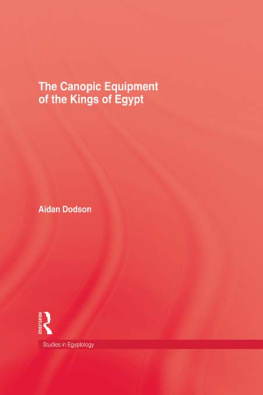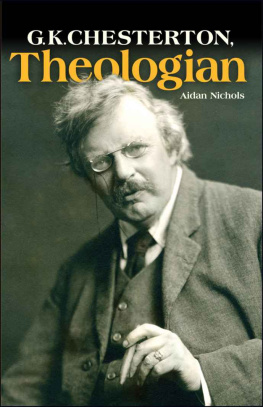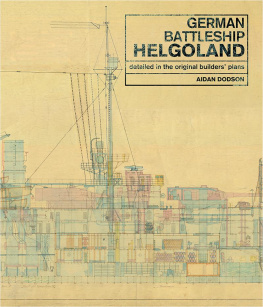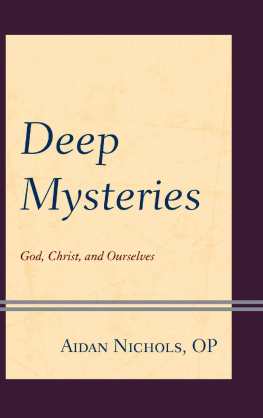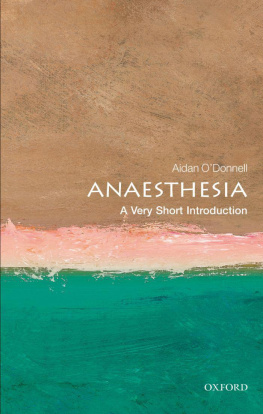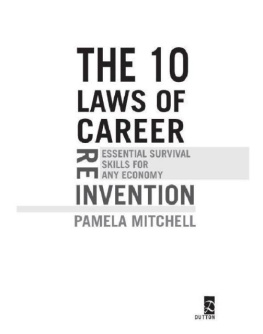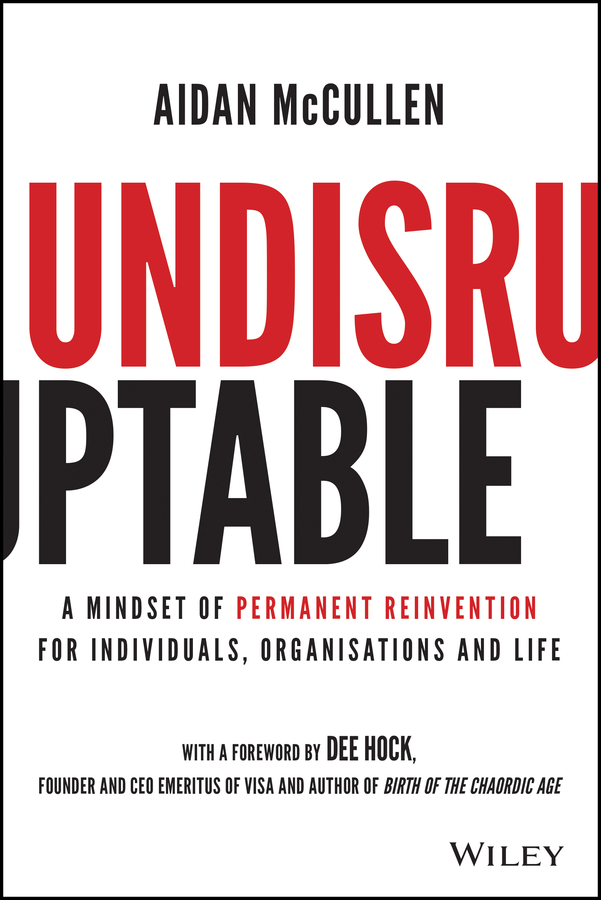
Table of Contents
List of Illustrations
- Introduction
- Chapter 1
- Chapter 2
- Chapter 3
- Chapter 4
- Chapter 5
- Chapter 6
- Chapter 7
- Chapter 8
- Chapter 9
- Chapter 10
- Chapter 11
- Chapter 12
- Chapter 13
- Chapter 14
- Chapter 15
- Chapter 16
Guide
Pages
Undisruptable
A Mindset of Permanent Reinvention for Individuals, Organisations and Life
Aidan McCullen

This edition first published 2021.
2021 by Aidan McCullen
Registered office
John Wiley & Sons Ltd, The Atrium, Southern Gate, Chichester, West Sussex, PO19 8SQ, United Kingdom
Illustrations by Fintan Taite /
For details of our global editorial offices, for customer services and for information about how to apply for permission to reuse the copyright material in this book please see our website at www.wiley.com.
All rights reserved. No part of this publication may be reproduced, stored in a retrieval system, or transmitted, in any form or by any means, electronic, mechanical, photocopying, recording or otherwise, except as permitted by the UK Copyright, Designs and Patents Act 1988, without the prior permission of the publisher.
Wiley publishes in a variety of print and electronic formats and by print-on-demand. Some material included with standard print versions of this book may not be included in e-books or in print-on-demand. If this book refers to media such as a CD or DVD that is not included in the version you purchased, you may download this material at http://booksupport.wiley.com. For more information about Wiley products, visit www.wiley.com.
Designations used by companies to distinguish their products are often claimed as trademarks. All brand names and product names used in this book are trade names, service marks, trademarks or registered trademarks of their respective owners. The publisher is not associated with any product or vendor mentioned in this book.
Limit of Liability/Disclaimer of Warranty: While the publisher and author have used their best efforts in preparing this book, they make no representations or warranties with respect to the accuracy or completeness of the contents of this book and specifically disclaim any implied warranties of merchantability or fitness for a particular purpose. It is sold on the understanding that the publisher is not engaged in rendering professional services and neither the publisher nor the author shall be liable for damages arising herefrom. If professional advice or other expert assistance is required, the services of a competent professional should be sought.
Library of Congress Cataloging-in-Publication Data is Available
ISBN 9781119770480 (hardback) ISBN 9781119817093 (ePub)
ISBN 9781119817109 (ePDF)
Cover Design: Wiley
To my wonderful wife, Niamh and sons, Josh and Jake. Thank you for all your love and support and for putting up with my crazy stories.
Foreword by Dee Hock, founder and CEO Emeritus of VISA
Out of the lumber of things we are taught, the gravel of our experience and the cement of the things we observe, we slowly erect an edifice, an unconscious, internal model of reality. We gradually fill it with the furniture of habit, custom, belief, and bias. We get comfortable there. It's our sanctuary. Through its windows, small and distorted as they may be, we view society and the world. Our internal model of reality is how we make sense of the world, and it can be a badly built place indeed. Even if it is well constructed, it may have become archaic. Everything that gave rise to it may have changed, since the natural world and human society are never stagnant. They are constantly becoming.
During the past four decades the external world has been changing at a rate enormously greater than the rate at which our internal models have been evolving. Nothing behaves as we think it should. Nothing makes sense. At such times the world appears to be staging a madhouse. It is never a madhouse. It is merely the great tide of evolution in temporary flood, moving this way and that, piling up against that which obstructs its flow, trying to break loose and sweep away the internal model that opposes it.
At such times, we experience extreme dissonance and stress. At the heart of that dissonance and stress is paradox. The more powerful and entrenched our internal model of reality, the more difficult it is to perceive and understand the fundamental nature of the changed world we experience. Yet without such perception and understanding it is extremely difficult to understand and change our internal model. This is precisely where we are today, and it is rapidly getting worse.
Deep in most of us, below our awareness, indelibly implanted there by three centuries of the Industrial Age, is the mechanistic, separatist, cause-and-effect, command-and-control, machine model of reality. People are more than machines. The universe is more than a clock. Nature is more than a sequence of cogs and wheels. Nor is it a collection of bits and bytes. Numbers are not values. Mathematics can never be the measure of all things. Words and syllables are not reality. And science is not a deity. All human knowledge is an approximation, useful at times, foolish at others.
When our internal model of reality is in conflict with rapidly changing external realities, there are three ways to respond: First, we can cling to our old internal model and attempt to impose it on external conditions in a futile attempt to make them conform to our expectations. That is what our present mechanistic, societal institutions compel us to attempt, and what we continually dissipate our ingenuity and ability trying to achieve. Attempting to impose an archaic internal model on a changed external world is futile.
Second, we can engage in denial. We can refuse to accept the new external reality. We can pretend that external changes are not as profound as they really are. We can deny that we have an internal model, or that it bears examination. When the world about us appears to be irrational, erratic, and irresponsible, it is all too easy to blame others for the unpleasant, destructive things we experience. It is equally easy to abandon meaning, engage in erratic behaviour, or retreat into fantasy. All such is also futile.
Third, we can attempt to understand and change our internal model of reality. That is the least common alternative, and for good reason. Changing an internal model of reality is extremely difficult, terrifying, and complex. It requires a meticulous, painful examination of beliefs. It requires a fundamental understanding of consciousness and how it must change. It destroys our sense of time and place. It calls into question our very identity. We can never be sure of our place, or our value, in a new order of things. We may lose sight of who and what we are.
Changing our internal model of reality requires an enormous act of faith, for it requires time to develop, and we require time to grow into it. Yet it is the only workable answer. We are not helpless victims in the grasp of some supernatural force. We were active participants in the creation of our present consciousness.
From that consciousness we created our present internal model of reality which is increasingly archaic. To change our internal model of reality will take time.
Next page



